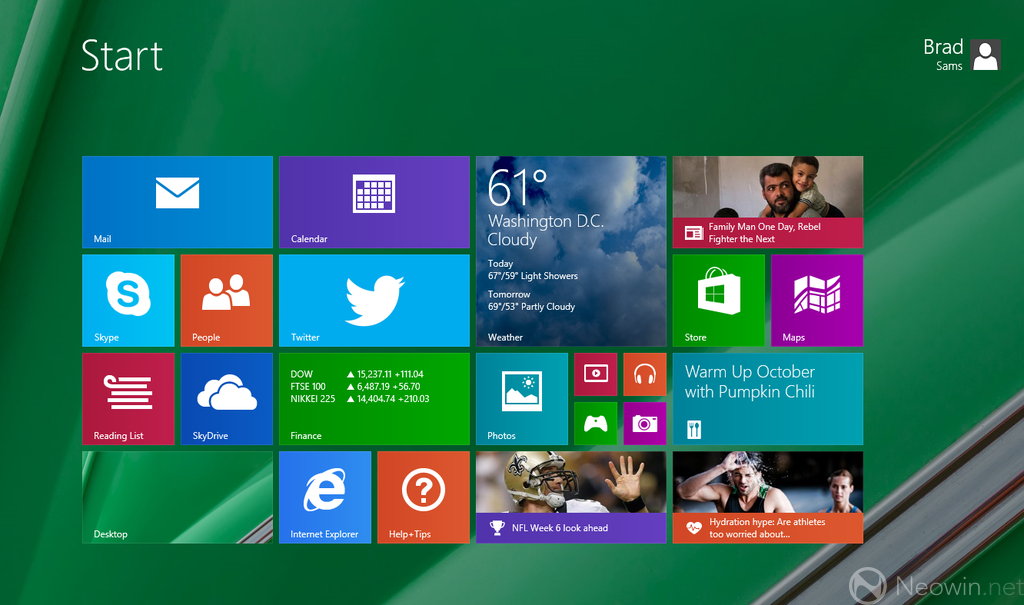
Microsoft has reportedly cut the price of Windows 8.1 for OEMs to help spur on development of sub $250 devices. Previously, Microsoft was charging $50 per licenses but now is only charging $15 and that will help OEMs cut the prices on their devices.
Microsoft recently announced that they had sold 200 million copies of Windows 8 which means that based on the current rate of sales, from launch to today, Windows 8 is selling at a rate of about 420,000 licenses per day. For reference, Microsoft sold roughly 240 million license of Windows 7 in a 12 month time period but it has taken Windows 8 15 months to hit 200 million sales. It’s quite clear that, while 200 million is a massive number, it is at a slower pace than Windows 7.
The cut in price will help to accomplish several goals. First, it will help OEMs shave more dollars off their products and that will help them to lower to price of consumer products. Second, it should help to move more Windows 8.1 licenses and while it will help Microsoft’s bottom line, albeit to a lesser degree, it should help Microsoft gain more market share with it’s latest version of Windows. Finally, it will help Microsoft compete against ChromeOS products that are pushing hard on the floor to lower prices for entry-level products.
According the report by Bloomberg, larger OEMs were paying licensing fees closer to $30 when marketing incentives were included. So, yes, the cut is quite large and if true, which we have no reason to doubt based on the track record of the source, we should soon see the trickle down affect make its way to retail shelves.
As the competition for What about Windows RT?
next generation devices continues to heat up, especially in the tablet space, this price cut will go a long way to help assert Microsoft’s presence in this space. Microsoft has recently shown that low cost Windows Phone devices are critical to helping the platform grow and this cost cutting move could be a move by the company to extend that trend to Windows products.
Another interesting perspective comes up too with the lower price point. If Microsoft is selling proper Windows 8.1 to OEMs at $15 a license for low-end devices, what does this do for Windows RT? Think about it, from a vendor’s perspective, if RT and 8.1 licenses are close in price, unless ARM chips are considerably less expensive than Intel silicon, the value for OEMs is not there. More so, it is easier for OEMs to market devices running Windows 8.1 as they don’t have to educate the consumer on the differences between Windows RT8.1 and Windows 8.1
Source: Bloomberg














44 Comments - Add comment